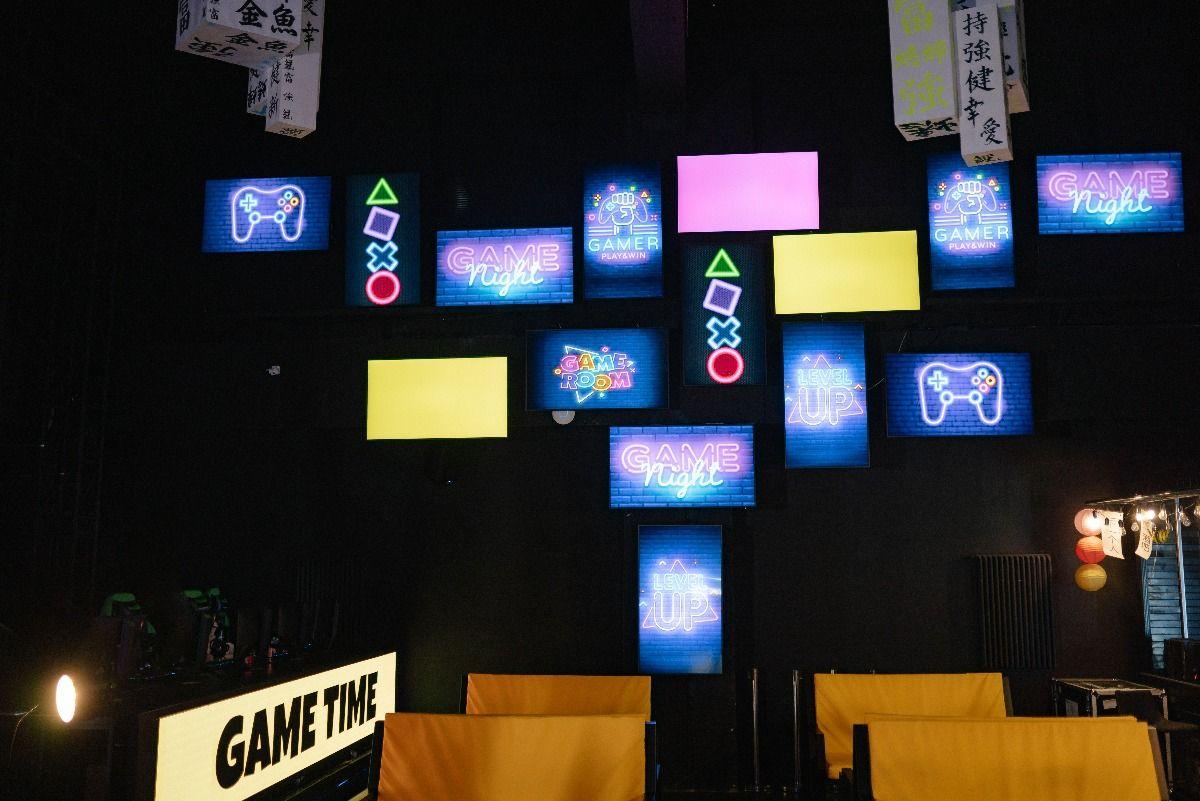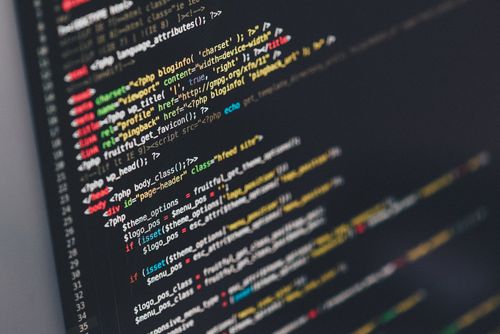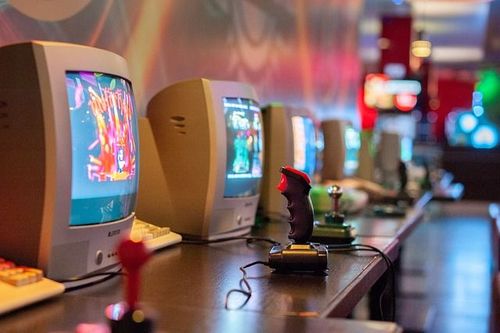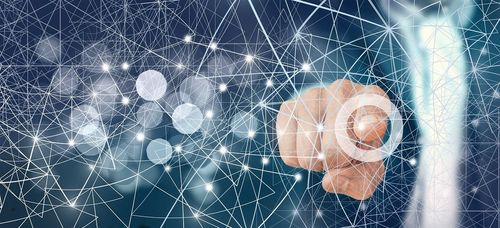Game on: What is Gamification in Business?
Have you ever noticed your employees bored with their everyday tasks? That is rather a naive question as every now and then most of the workers feel like their job is dull, stressful and gets disconnected. However, there is a way not only to keep your staff involved but also to improve their motivation to perform and it is called gamification.
Gamification is a concept which aim at boosting users' engagement with use of such game elements as fun, challenge, competition and immediate feedback. Since the second decade of 2000s, companies have started to implement gamification strategies to achieve specific business objectives. This approach is used in various business contexts, such as marketing, employee training and development, customer engagement, and product design. By incorporating game mechanics into business processes, gamification can make routine or tedious tasks enjoyable and engaging, foster a sense of competition and collaboration, and encourage desired behaviors.
The main benefits of use of game elements in business environment are:
- increase customer engagement;
- increases customer satisfaction and loyalty which translates into higher profits for a company;
- boosts employee productivity and commitment levels;
- improves employee motivation and promotes feeling of appreciations;
- better communication and collaboration between the employees.
Take action now! Contact us to schedule a consultation with our gamification experts.
Play Your Way to Success: Where to Incorporate Gamification Strategy?
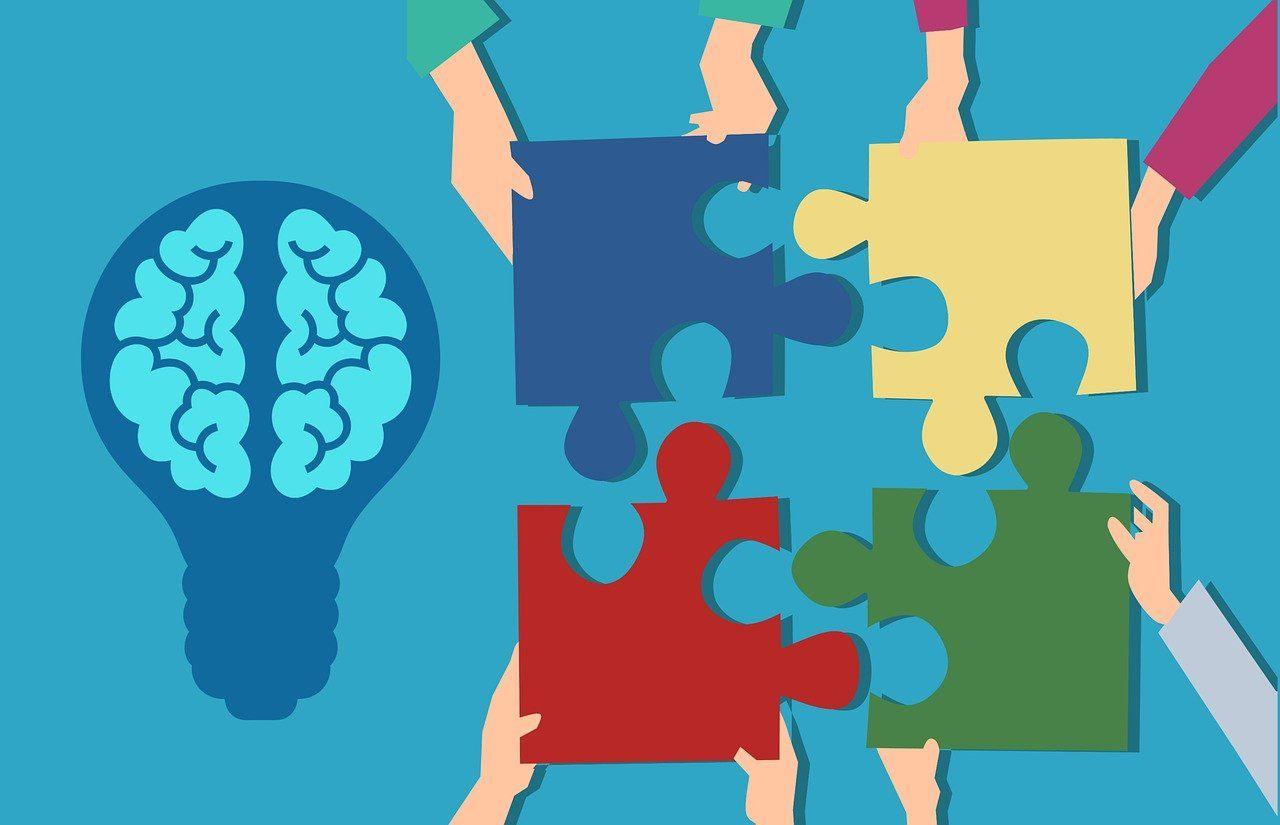
Gamification can be incorporated into various areas of a business to achieve specific goals. It can be incorporated into any area of a business where engagement, motivation, and behavior change are desired outcomes.
Power Up the Development Process
Gamification can be a powerful tool for boosting productivity and engagement in the development process. It allows business owners to motivate their teams to work harder and smarter while also enjoying themselves. Here are some ways to ramp up the development process with gamification:
Define your goals The first step in gamifying the development process is to set clear goals and objectives. They should be specific, measurable, achievable, relevant, and time-bound (SMART). By setting clear goals of your actions, you can create a sense of purpose and direction for your team.
Use motivational system Points, badges, and leaderboards are common gamification elements that can help motivate your team. Points can be awarded for completing tasks or achieving milestones, while badges can be earned for mastering specific skills or completing projects. Leaderboards can be used to track progress and compare team members' performance.
Provide instant feedback Without feedback your employees may not know where they stand, therefore, providing performance evaluation is essential for motivating your staff and helping them improve their achievements. In a gamified development process, you can provide instant feedback on tasks completed, milestones achieved, and skills mastered. This evaluation can be in the form of points, badges, or other rewards. Moreover, it can be delivered by a supervisor or by colleagues, who can express their appreciation in this way.
Create challenges and quests Challenges and quests can add an element of excitement and adventure to the development process. You can create challenges that require your team to solve complex problems or complete difficult tasks, which can involve completing a series of missions or mastering a particular set of skills.
Encourage collaboration and teamwork Collaboration and teamwork are essential for a successful development process. You can gamify collaboration and teamwork by creating challenges or quests that require your team to work together to achieve a common goal. You can also use leaderboards to encourage healthy competition and motivate your team to work together.
Add a Competitive Edge to Sales
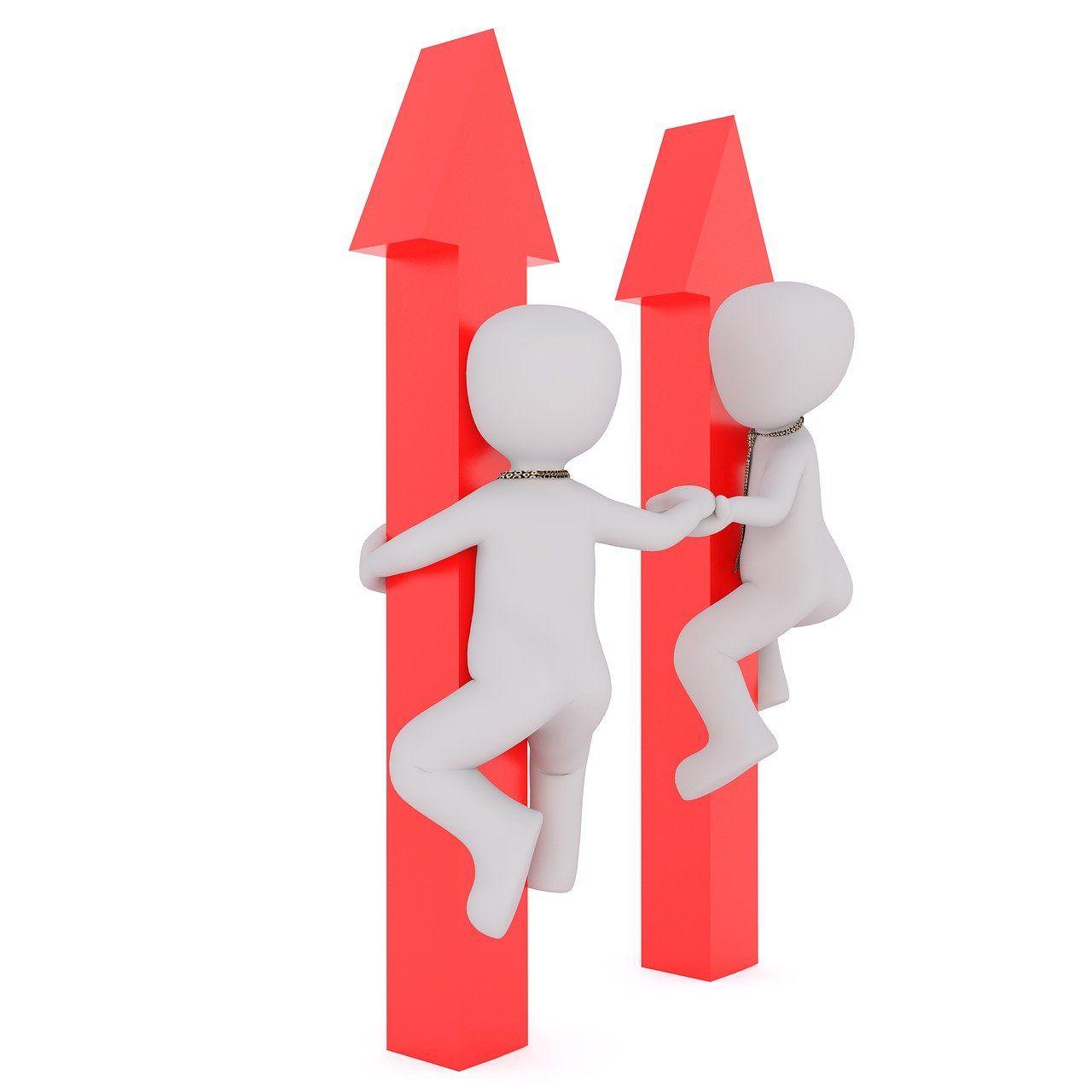
Gamification can be an effective strategy for motivating sales teams, promoting healthy competition, and providing real-time feedback. By incorporating gamification into your sales strategy, you can create a more engaged and motivated sales team, resulting in increased revenue and customer satisfaction. Here are proven ways to boost sales with use of gamification:
Sales contests They are a fun and effective way to motivate sales teams. You can create competitions based on specific metrics such as the number of deals closed, revenue generated, or the number of new clients acquired. Offer prizes to the winners such as cash bonuses, gift cards, or extra vacation days. Specially designed software will help you track progress.
Reward achievements Salespeople are often driven by incentives. By offering rewards for achieving sales goals or performing well, you can motivate your sales team to work harder and sell more. Rewards, such as badges, points, or prizes, can incentivize sales teams to achieve their targets. Rewards can be tied to specific goals, such as achieving a certain sales volume or closing a specific number of deals.
Sales simulations This element can be used to train and improve the skills of your sales team. Sales simulations can be in the form of role-playing exercises or online games that simulate certain scenarios. These simulations can help sales reps practice their skills in a safe environment and receive feedback on their performance. Challenges and contests can add an element of fun to the sales process while also promoting healthy competition and incentivizing performance. Examples include a "salesperson of the month" competition or a "biggest deal closed" challenge.
Sales training games Teach sales skills in a fun and engaging way. Examples of sales training games include "pitch practice," where sales reps practice their sales pitch in a competitive environment, and "negotiation role play," where sales reps practice their negotiation skills in a simulated environment.
From the Assembly Line to the Game Board: Gamification in Manufacturing
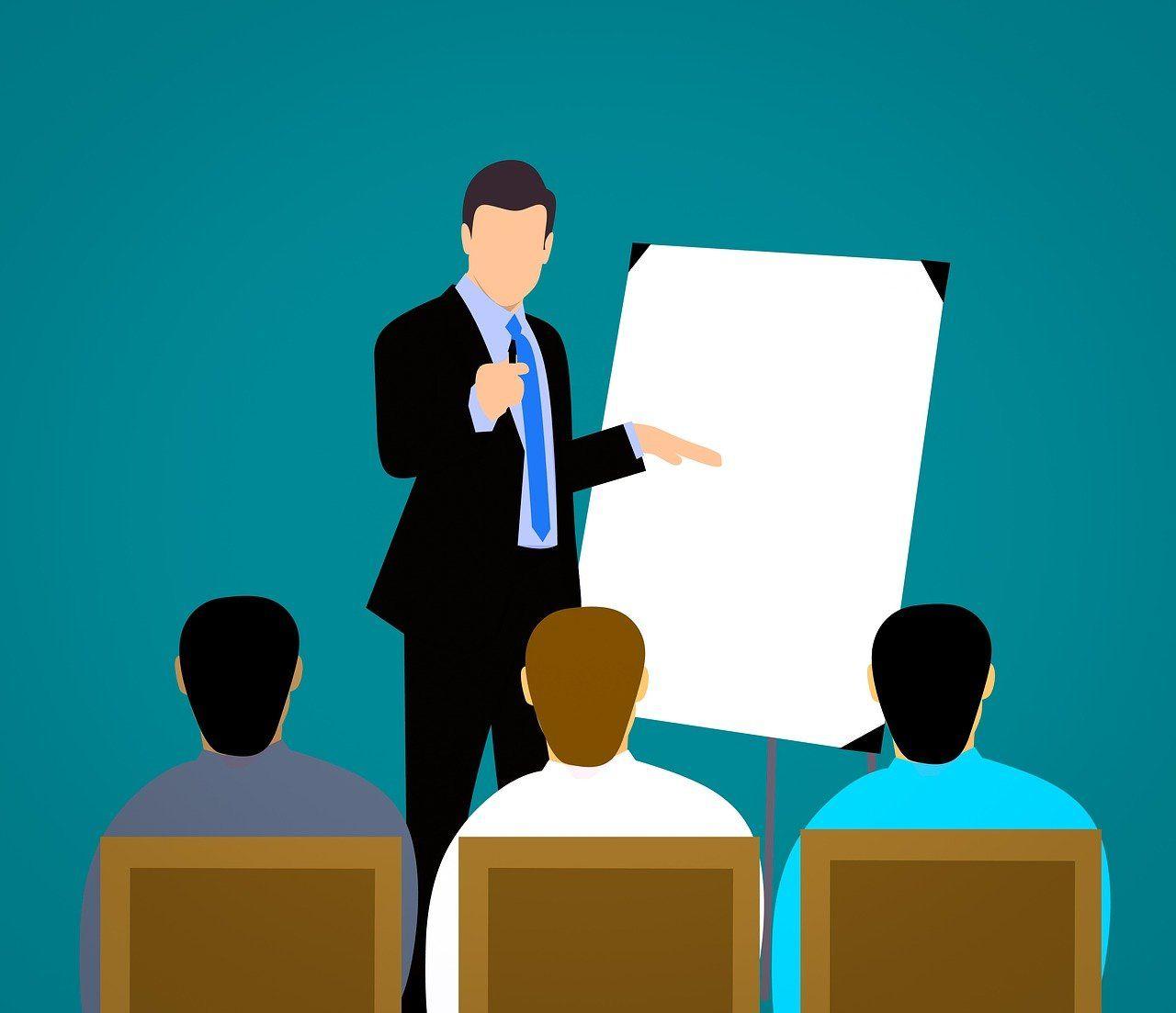
Gamification in manufacturing involves using game design principles to transform routine tasks and processes into interactive and rewarding experiences. By incorporating it into operational processes, companies can enhance employee performance, knowledge retention, teamwork, and overall productivity. It creates an engaging and motivating work environment where employees are committed to excel and contribute to the organization's success. Here are some areas where appropriate gamification software can be implemented in manufacturing:
Training and skill development Gamification can be used to train employees in manufacturing processes, equipment operation, and safety procedures. Interactive simulations, virtual reality (VR) training, and gamified modules can provide hands-on experiences that engage employees and facilitate learning.
Performance tracking and motivation Gamification software solutions can be employed to track employee performance and provide real-time feedback. Key performance indicators (KPIs) can be visualized through leaderboards or progress bars, encouraging healthy competition among individuals or teams. Rewards, badges, or levels can be awarded based on achievements and milestones.
Quality control and defect reporting Gamification can incentivize employees to actively participate in quality control processes. By reporting defects, suggesting improvements, or meeting quality targets, employees can earn points, recognition, or rewards. This fosters a culture of quality consciousness and encourages continuous improvement.
Maintenance and equipment operations Gamification improves employee skills in equipment maintenance and operations. Training modules can be gamified to simulate equipment scenarios, troubleshooting challenges, or maintenance tasks. By completing these tasks and earning points or badges, employees can enhance their proficiency and knowledge.
Process optimization and problem-solving Gamification encourages employees to contribute ideas and solutions for process optimization and problem-solving. Game elements, such as challenges, puzzles, or innovation contests, can motivate employees to think creatively, collaborate, and find effective solutions for manufacturing challenges.
Team collaboration and communication Gamification can foster teamwork and collaboration among manufacturing units. Team-based challenges, cooperative games, or collaborative problem-solving activities can strengthen communication, build relationships as well as online community, and improve overall team dynamics.
Flipping the Customer Loyalty Programs in Favor of Retail Employees

Incorporating gamification techniques can lead to an increased level of customer service, satisfaction, boost sales, and higher employee satisfaction as well as retention. This method will not only help you to create a more motivated and engaged workforce, but also gather loyal customers around your business.
Define objectives Clearly outline the goals of the program. Identify what behaviors or outcomes you want to encourage among retail employees, such as upselling, cross-selling, providing excellent customer service, or promoting specific products.
Design reward structure Create a reward structure that incentivizes employees to achieve the desired objectives. Consider incorporating different tiers or levels that employees can progress through as they earn points or badges. Provide attractive rewards, such as bonuses, gift cards, additional time off, or exclusive experiences, for reaching certain milestones.
Training and education Offer training and resources to help employees improve their skills and knowledge related to the loyalty program objectives. This can include product training sessions, customer service workshops, or online courses. Encourage continuous learning and provide opportunities for employees to share their experiences and best practices with each other.
Feedback and recognition Provide regular feedback and recognition to employees based on their performance in the loyalty program. Acknowledge their efforts, highlight achievements, and publicly reward top performers. Encourage healthy competition while fostering a supportive and collaborative work environment.
Continuous improvement Collect feedback from employees about their experience with the loyalty programs. Use their insights to refine and improve the gamification elements, rewards, or objectives. Regularly evaluate the program's effectiveness and make necessary adjustments to ensure it aligns with employee needs and business goals.
Bringing Fun to the Table: Level-Up in Food Service Sector
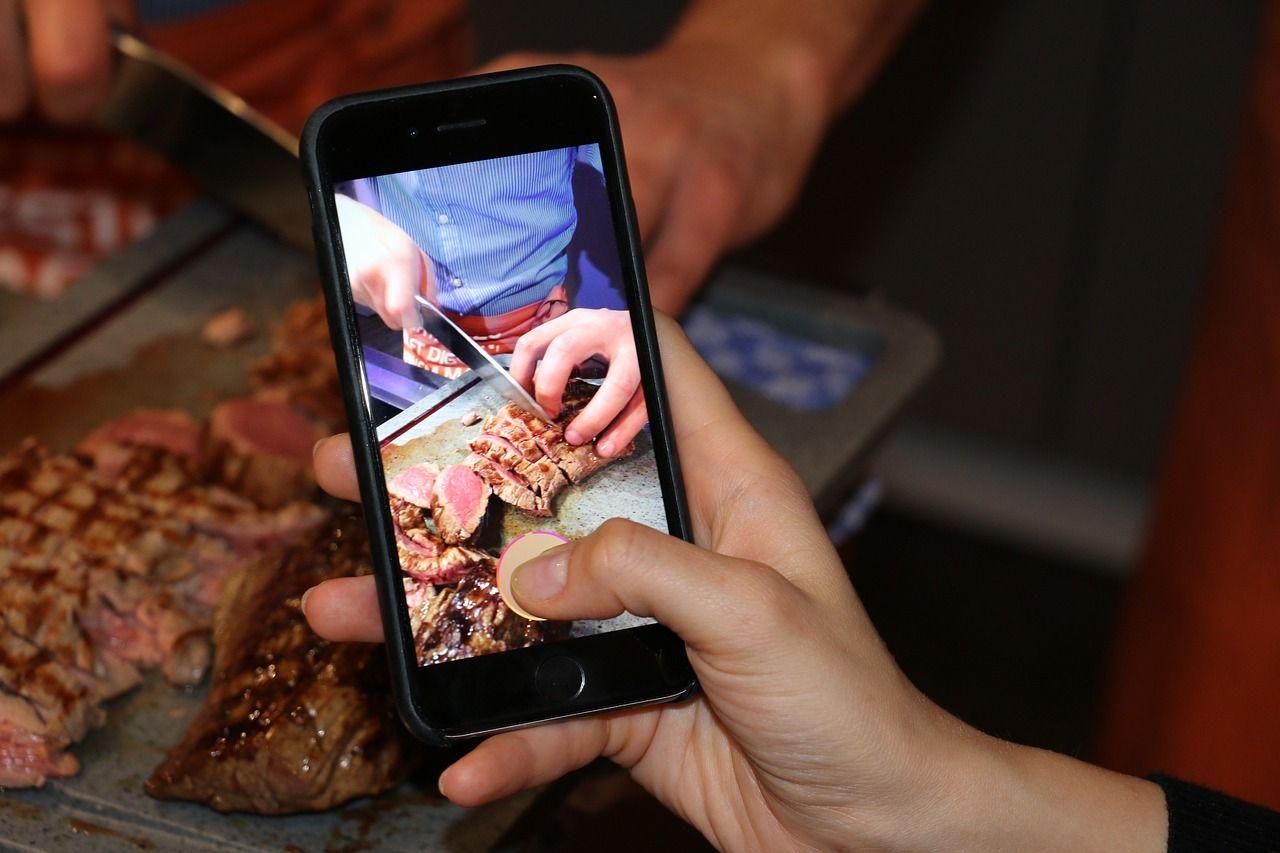
In the food services, gamification can be used to enhance customer experiences, increase employee productivity, and promote healthy eating habits. Here is how to apply gamification in the food service industry:
Loyalty programs Implementing a gamified loyalty program can incentivize customers to visit a specific restaurant or chain more frequently. Customers can earn points, badges, or rewards for their purchases, which encourages repeat visits and builds brand loyalty. The program can also include challenges or missions for customers to complete to unlock additional benefits or exclusive offers. Gamified marketing campaigns prove to be very successful ways to attract more clients into your business.
Digital ordering and delivery Gamification elements can be integrated into online ordering platforms or mobile apps. For example, customers can earn virtual badges or rewards for placing orders, providing feedback, or referring friends. Leaderboards can be created to showcase top customers or encourage healthy competition among users. Virtual progress bars can display how close customers are to earning the next reward.
Interactive dining experience Restaurants can incorporate gamification into the dining experience itself. For instance, they can offer interactive tabletop games or touchscreen devices at each table, where customers can play games, place orders, or explore the menu. This not only entertains customers but also increases engagement and encourages them to spend more time at the establishment.
Healthy eating challenges Gamification can be employed to promote healthy eating habits among customers. Restaurants can create challenges or programs where customers are rewarded for choosing healthier options or meeting certain nutritional goals. They can track their progress, earn badges for achieving milestones, and receive incentives like discounts or freebies for making healthier choices.
Social media contests and challenges Restaurants can leverage social media platforms to run contests or challenges that encourage user participation and engagement. For example, customers can be asked to share pictures of their meals with specific hashtags for a chance to win prizes. These initiatives help generate buzz, increase brand visibility, and foster a sense of community among customers.
A Healthy Dose of Fun: Healthcare Implementations
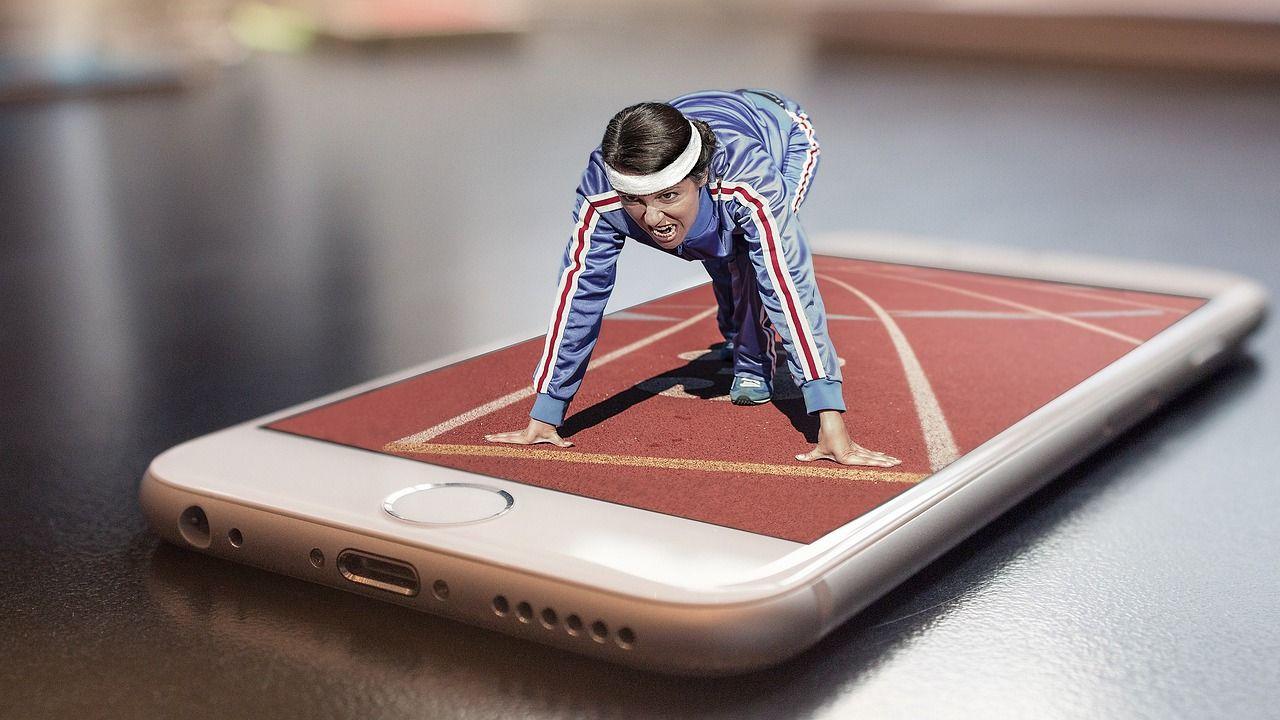
Gamification has been increasingly used in the healthcare industry to improve patient engagement, promote healthy behaviors, enhance medical education, and drive better health outcomes. Tech innovations in healthcare system not only improve patient care and outcomes, but also revolutionize the way healthcare providers operate.
Fitness and wellness apps Gamified apps encourage users to engage in physical activities and maintain healthy lifestyles. These applications often incorporate elements like progress tracking, rewards, challenges, and social interaction. Users can set goals, earn points, unlock achievements, and compete with friends or other app users, providing motivation and accountability.
Disease management Incorporate gamified applications to assist patients in managing chronic conditions by helping to track symptoms, medication adherence, and lifestyle choices. Virtual avatars or characters can guide patients through educational content, remind them to take medications, and provide feedback on their progress. By making disease management more engaging and interactive, gamification can increase compliance and empower patients to take an active role in their own health.
Rehabilitation and physical therapy Gamified rehabilitation and physical therapy programs make the recovery process more enjoyable and engaging for patients. Virtual reality (VR) or motion-sensing technologies can be used to create immersive games that simulate therapy exercises. Patients can track their progress, receive feedback, and feel motivated to complete their therapy sessions.
Medical education and training Gamification techniques are utilized in medical education to enhance learning outcomes and make the process more interactive. Gamified simulations, virtual patient cases, and quizzes can be employed to train medical professionals, allowing them to practice clinical decision-making in a risk-free environment. This approach improves knowledge retention and prepares healthcare providers for real-world scenarios.
Mental health support Gamification can also be applied to mental health interventions. Apps and platforms offer mood tracking, cognitive exercises, and relaxation techniques in a gamified format. Users can earn rewards or virtual incentives for completing therapeutic activities, fostering engagement and motivation in managing their mental well-being.
The Business Game Plan: Tips for Innovative Gamification Strategies
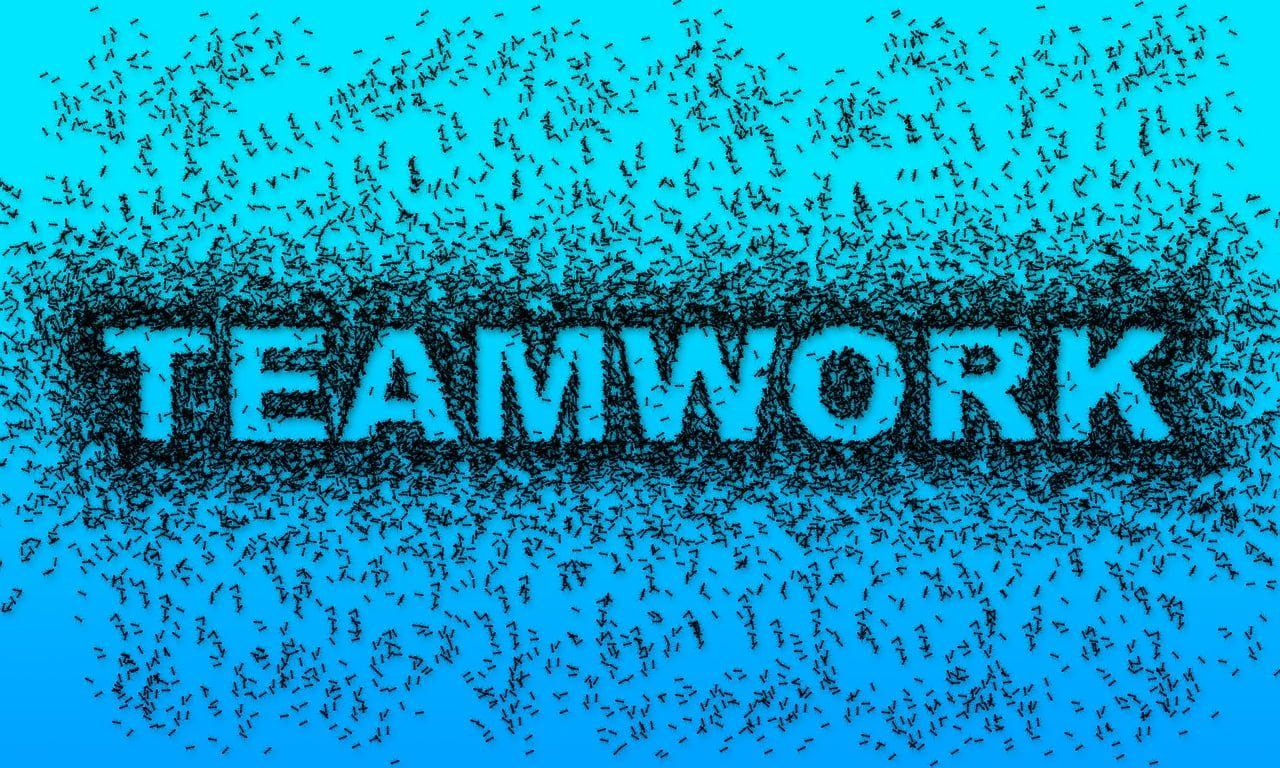
In today's fast-paced and interconnected world, teamwork and collaboration are essential for organizational success. To foster a collaborative work environment, businesses are increasingly turning to gamification to encourage internal social sharing and enhance teamwork.
See the Bigger Picture and Seize Success
By incorporating game elements into various aspects of operations, from employee engagement to customer loyalty, organizations can create extraordinary experiences. Gamification encourages individuals to go beyond their limits, take risks, and strive for excellence. It instills a sense of purpose, promotes healthy competition, and drives intrinsic motivation, resulting in increased productivity and satisfaction. Moreover, gamification strategies provide valuable insights and data that enable businesses to make informed decisions and optimize their processes. By embracing gamification as a strategic approach, organizations can unlock their full potential, ignite innovation, and pave the way for success.
Recognizing Efforts - Not Just Outcomes
In effective gamification methods, it is important to acknowledge and reward efforts, not just results. By placing emphasis on the process and work invested, businesses can encourage a culture of continuous improvement and motivation. This means acknowledging and celebrating milestones, progress, and growth, regardless of the final outcome. By recognizing employees' dedication, hard work, and commitment, gamification strategies create a supportive and inclusive environment that encourages individuals to push their boundaries and learn from their experiences. What is more, it enables identifying key employees, who bring the biggest value to the company. This approach instills a sense of accomplishment and boosts morale, ultimately driving engagement, performance, and a sense of fulfillment among employees.
Cultivating a Passion for Learning by Gaming
Gamification strategies have the power to cultivate a passion for learning by infusing the educational process with elements of gaming. By leveraging game mechanics, such as quests, challenges, and levels, businesses can create an engaging and interactive learning environment. Gamification transforms mundane tasks into exciting adventures, fostering curiosity, exploration, and a desire for mastery. It allows learners to actively participate, make choices, and experience the immediate feedback and rewards that games offer. This approach not only makes learning enjoyable but also enhances knowledge retention and skill development. By gamifying the learning process, businesses can tap into the intrinsic motivation of individuals, inspiring a lifelong love for learning and continuous personal growth.
##Thinking Outside the Box - Creative Awards Innovative gamification strategies involve thinking outside the box when it comes to designing creative awards. While traditional rewards like points, badges, and leaderboard rankings are effective, introducing unique and imaginative prizes can further enhance engagement and motivation. Creative awards could include opportunities for professional development, unique experiences, personalized rewards tailored to individual interests, or even the chance to contribute ideas and suggestions to company projects. By offering unconventional and enticing rewards, businesses can capture the attention and excitement of their employees, encouraging them to actively participate, excel, and push their limits. This creative approach to gamification awards adds an element of surprise and delight, elevating the overall gamified experience and driving even greater levels of enthusiasm and performance.
Feedback and Transparency for Business Growth
Feedback and transparency are essential components of a successful gamification project. By providing timely and constructive feedback, organizations can help employees understand their progress, identify areas for improvement, and make necessary adjustments. Transparent communication about goals, metrics, and performance data fosters a sense of accountability and ownership among employees, as they have clear visibility into their contributions and impact. Additionally, transparency builds trust and encourages open dialogue, allowing for collaborative problem-solving and continuous learning. When feedback and transparency are incorporated into gamification strategies, businesses can create a supportive and growth-oriented culture that empowers employees to strive for excellence, innovate, and contribute to the overall success of the organization.
Are you ready to revolutionize your business and captivate your clients like never before? Use the power of gamification to unlock unlimited potential and take your brand to new heights!
Score Big with Gamification: Get to Know the Advantages
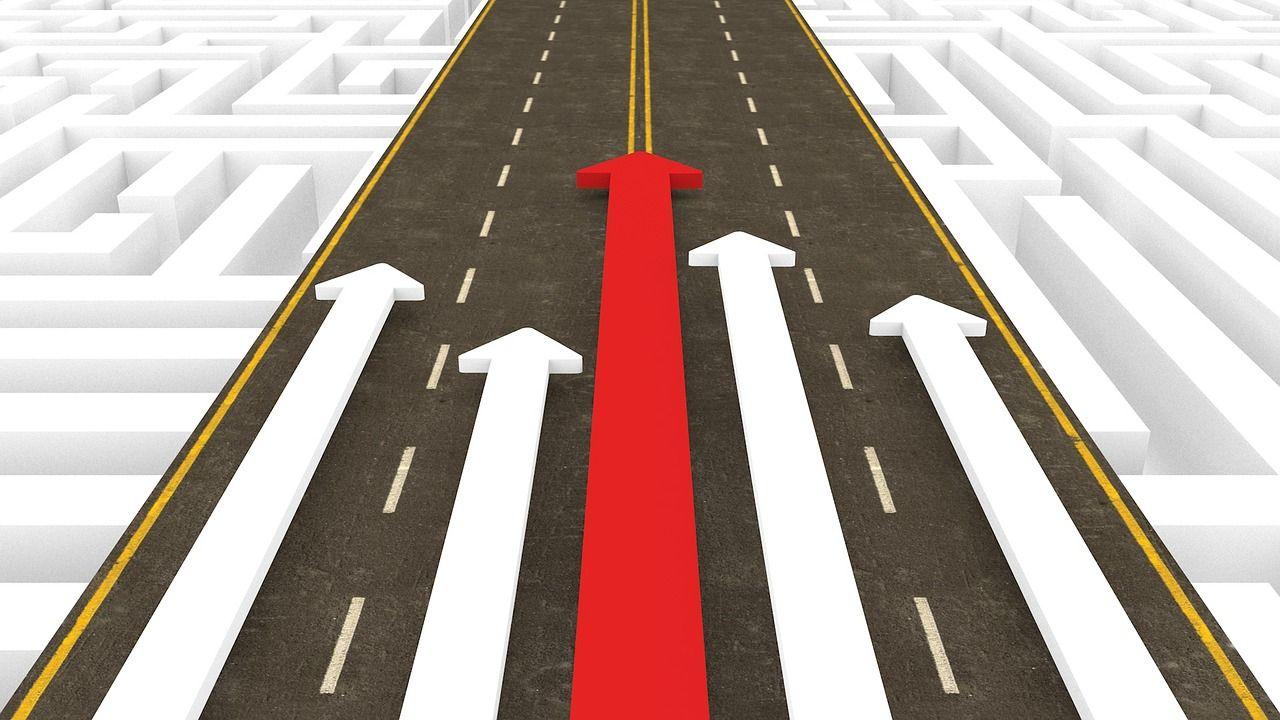
If you are still wondering what is gamification and what the advantages can it bring to your company, here you will get to know what benefits this method will bring to your enterprise.
Gamification offers businesses the opportunity to score big by harnessing the advantages it brings. One of the key benefits is increased engagement, as gamified experiences tap into people's natural inclination for competition, rewards, and a sense of accomplishment. With its ability to drive motivation, learning, and teamwork, gamification proves to be a winning strategy for businesses seeking to maximize their performance and achieve remarkable results.
Taking Employee Engagement to the Next Level
Gamification has emerged as a powerful tool for taking employee engagement to the next level. By integrating game-like elements into work processes, organizations can create an environment that captivates and motivates employees on a deeper level. Gamification offers opportunities for goal setting, progress tracking, and rewards, allowing employees to see their achievements and growth in real-time. This interactive and immersive experience drives intrinsic motivation and a sense of ownership over one's work. Additionally, gamification promotes collaboration, healthy competition, and knowledge sharing among employees, fostering a vibrant and supportive work culture. By leveraging gamification, organizations can transform employee engagement from a mere buzzword to a tangible and sustainable practice that enhances job satisfaction, productivity, and overall success.
Introducing Competition to Win Big
Gamification introduces healthy competition into various aspects of a business, providing an opportunity to win big and drive performance. By implementing leaderboards, challenges, or contests, employees are motivated to excel and outperform their peers. This competitive element creates a sense of excitement, pushing individuals to go the extra mile and achieve outstanding results. Whether it's sales targets, productivity goals, or customer satisfaction metrics, gamification fosters a culture of achievement and recognition. The promise of rewards, incentives, or recognition for top performers fuels the competitive spirit, resulting in increased engagement, productivity, and overall business success. Introducing competition through gamification can unleash the potential within employees, inspiring them to reach new heights and ultimately win big.
Adaptability: a Tailor-Made Solution for Your Business Needs
Gamification offers a versatile and customizable solution that can be tailored to meet the specific requirements of your business. Whether you are aiming to improve employee engagement, boost productivity, or enhance customer loyalty, gamification can be adapted to suit your unique goals and challenges. By identifying key performance indicators, designing game mechanics, and implementing rewards and incentives aligned with your business objectives, you can create a gamified experience that resonates with your employees or customers. The flexibility of gamification allows you to choose from a range of strategies, such as points systems, leaderboards, badges, or challenges, to create an engaging and motivating environment. By embracing gamification as a tailor-made solution, you can unlock the full potential of your business, drive positive behavior change, and achieve meaningful outcomes.
Learning Made Fun: Improving Training and Onboarding
Gamified learning processes and onboarding can greatly enhance employee involvement and knowledge retention. One example of gamifying training is incorporating interactive quizzes or simulations that allow employees to apply their newly acquired knowledge in a fun and immersive way. This not only reinforces learning but also provides immediate feedback and motivates employees to improve their performance. Another example is implementing a points or leveling system where employees earn rewards or unlock new training modules as they progress through their onboarding journey. This gamified approach encourages active participation, healthy competition, and a sense of achievement. By infusing training and onboarding programs with gamification elements, organizations can create a more enjoyable and effective learning experience that increases employee motivation, retention, and overall performance.
Work Smarter, Not Harder: Gamifying Workflow
Gamifying workflow involves integrating game-like elements into the everyday tasks and processes within an organization to enhance productivity, engagement, and overall performance. By introducing clear goals, progress tracking, and rewards, employees are motivated to complete tasks efficiently and strive for continuous improvement. Gamification adds an element of fun, challenge, and competition to the workflow, transforming it into an interactive and dynamic experience. This approach encourages collaboration, creativity, and innovation as employees actively participate, take ownership of their work, and seek ways to surpass their own achievements.
There are various ways of gamifying workflow that organizations can implement. One example is incorporating point systems or leaderboards to track and reward individual or team progress, creating a sense of competition and motivation. Another example is using badges or virtual rewards to recognize and celebrate achievements, encouraging employees to strive for excellence. Additionally, setting up challenges or quests within the workflow, where employees complete tasks or milestones to unlock new levels or rewards, can add an element of excitement and purpose to their work. By integrating gamification elements like these, organizations can transform their workflow into an engaging and rewarding experience for employees, leading to increased motivation and improved performance.
Gamification as a Secret to Boosting Morale
Gamification holds the key to boosting morale within an organization by injecting a sense of excitement, competition, and achievement into everyday tasks. By transforming routine activities into engaging games with clear objectives, progress tracking, and rewards, employees are motivated to go above and beyond, leading to increased job satisfaction and morale. Gamification fosters a positive work environment, promotes camaraderie among employees, and instills a sense of purpose and fulfillment as individuals strive to reach goals and earn recognition. The element of fun and friendly competition associated with gamification reinvigorates employee motivation, ultimately resulting in a more enthusiastic and productive workforce.
Ready, Set, Play! Learn How to Gamify Your Business
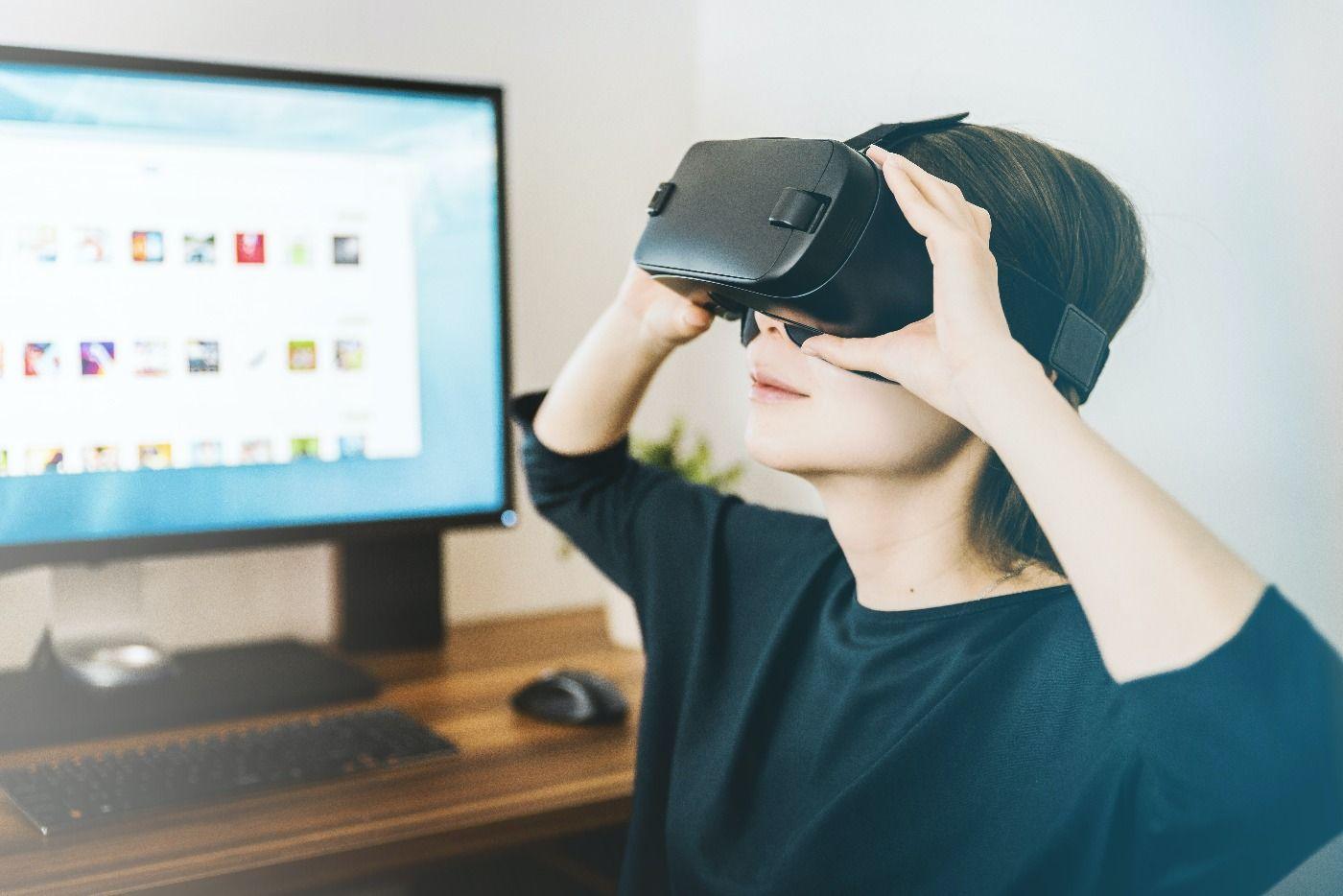
By incorporating game elements into your business processes and systems, you can create a more enjoyable and rewarding experience for your employees and clients. Here are some steps to help you gamify your business:
Score Big with Points and Rewards
Gamifying your business through points and rewards is an effective strategy to engage and motivate your customers. By assigning point values to desired actions, you create a system that tracks and rewards participation. Customers earn points by performing actions such as making purchases, leaving reviews, referring friends, or engaging with your brand. These points serve as a virtual currency that customers can accumulate over time. As customers earn points, they feel a sense of achievement and progress. This positive reinforcement encourages them to continue engaging with your business and performing desired behaviors.
Introducing points and rewards for employees in your company can enhance motivation, boost productivity, and foster a positive work culture. By implementing a points system, employees can earn points for achieving specific goals, meeting targets, completing tasks, or demonstrating exceptional performance. These points serve as a measure of progress and accomplishment. In addition to recognition and a sense of achievement, employees can redeem their accumulated points for rewards such as gift cards, additional time off, professional development opportunities, or even special team outings. This gamified approach taps into employees' competitive nature and desire for recognition, driving them to actively participate and excel in their roles.
Play to Win: Gamify Onboarding and Learning Processes
Gamificarion can revolutionize the way employees engage with the training material and accelerate their learning curve. You can implement a leveling system where employees progress through different levels or stages as they complete various onboarding or learning activities. Each level can represent a milestone or achievement, unlocking new content or challenges. This sense of progression and accomplishment creates a compelling and motivating experience for employees, encouraging them to actively participate and advance through the program.
Furthermore, incorporate game elements to enhance engagement and foster healthy competition among employees. For example, employees can earn badges or virtual rewards for completing modules, achieving high scores on quizzes, or demonstrating mastery of specific skills. Leaderboards can display top performers, inspiring friendly competition and motivating employees to strive for excellence. Points can be earned for completing tasks or modules and can be redeemed for tangible rewards or recognition within the company. These game mechanics provide immediate feedback, recognition, and incentives, making the onboarding and learning experience more enjoyable and stimulating for employees.
Rise to the Challenge: Inspire Teams with Leaderboards
Implementing leaderboards in the workplace can be an effective way to drive performance, foster healthy competition, and enhance employee engagement. Here are advantages of the leaderboards:
-
Clear visual representation of performance;
-
Foster healthy competition among employees;
-
Drive motivation and encourages individuals to excel;
-
Promote transparency and accountability;
-
Provide a results-oriented mindset;
-
Inspire continuous improvement;
-
Recognize and celebrate top performers;
-
Boost morale and create a culture of achievement;
-
Enhance engagement and productivity;
-
Foster a dynamic and high-performing work environment.
Recognize and Reward: Transform Approval into Prizes
When gamifying the workplace, the choice of prizes can play a significant role in motivating and engaging employees. Here are some ideas that can be used to motivate employees:
Tangible rewards These can include items such as gift cards, merchandise with the company logo, tech gadgets, vouchers for local restaurants or shops, or even company-branded products. Tangible rewards provide a physical reminder of the achievement and can be highly motivating.
Bonus incentives Consider offering monetary bonuses or performance-based incentives tied to the gamification system. This can include cash bonuses, profit-sharing opportunities, or commission-based rewards. Bonus incentives provide a direct financial benefit, which can be a powerful motivator for employees.
Professional development opportunities Offer employees the chance to attend conferences, workshops, or training programs related to their field of interest or professional growth. Providing opportunities for learning and development not only rewards employees but also invests in their long-term career advancement.
Extra time off Allow employees who achieve specific milestones or levels in the gamified system to earn additional vacation days, personal days, or flexible work arrangements. This provides a valuable work-life balance benefit and acknowledges their commitment and accomplishments.
Recognition and visibility Publicly recognize and acknowledge high-performing employees through internal newsletters, company-wide announcements, or dedicated recognition events. Acknowledging their achievements in front of their peers and superiors can be a powerful non-monetary reward that boosts morale and motivation.
Special privileges or experiences Offer unique experiences or privileges as rewards, such as access to exclusive company events, opportunities to participate in strategic meetings or projects, or the chance to work on high-profile assignments. These perks can make employees feel valued and create a sense of exclusivity.
Personalized rewards Consider offering personalized rewards tailored to individual preferences and interests. This can include allowing employees to choose their own rewards from a catalog or providing a budget for them to select items that align with their hobbies or personal goals.
Sharing is Caring: Boost Teamwork with Internal Social Sharing You should consider creating a social network if you wish to build a sense of community, foster collaboration and knowledge sharing. Here are tips how to introduce social sharing in your workplace:
- Set up an internal social sharing platform where employees can post updates, share ideas, and collaborate. This can be a dedicated communication tool or an existing platform like a company intranet, chat application, or project management software.
- Create a culture of knowledge sharing by promoting and incentivizing employees to share their expertise, insights, and best practices with others. Gamify the process by rewarding employees who contribute valuable information, helpful resources, or innovative solutions through the social sharing platform.
- Design collaborative challenges or projects that require team members to work together and contribute their skills and knowledge. Set goals or milestones for teams to achieve and provide rewards or recognition for successful collaborative efforts.
- Use the social sharing platform to provide recognition and feedback to individuals and teams for their collaborative efforts. Encourage employees to acknowledge and appreciate their colleagues' contributions, promoting a positive and supportive work environment. Recognize outstanding teamwork and celebrate successful collaborations publicly to boost morale and motivate others to participate.
- Use the social sharing platform to organize virtual team-building activities or challenges. This can include sharing photos or stories from team events, organizing virtual competitions or trivia quizzes, or creating channels for non-work-related conversations and bonding.
- Provide the social sharing platform to share learning resources, training materials, and industry insights. Encourage employees to share relevant articles, videos, or webinars that can benefit the team. This promotes a culture of continuous learning and empowers employees to develop their skills collectively.
- Implement a tracking mechanism to measure and recognize team contributions and achievements. This can include tracking collaborative project milestones, successful outcomes, or collective goals achieved. Provide rewards, badges, or leaderboard recognition for high-performing teams, fostering healthy competition and team spirit.
Conclusion
The gamification concept is widely used in marketing and customer service. It is an enjoyable way to attract customers, increase their engagement and make them return to your services more frequently. What is more, when gamification is skillfully applied, it can prove to be beneficial for your employees, helping them focus on their tasks and strive for excellence. Although gamified applications and software may be costly to develop, they are an appealing solution which is definitely worth considering. Use these techniques if you want to boost motivation, improve information flow and provide your employees with a feeling of appreciation. Watch your employees get motivated and your business will thrive.
Join the gamification revolution today and unlock a world of endless possibilities!
